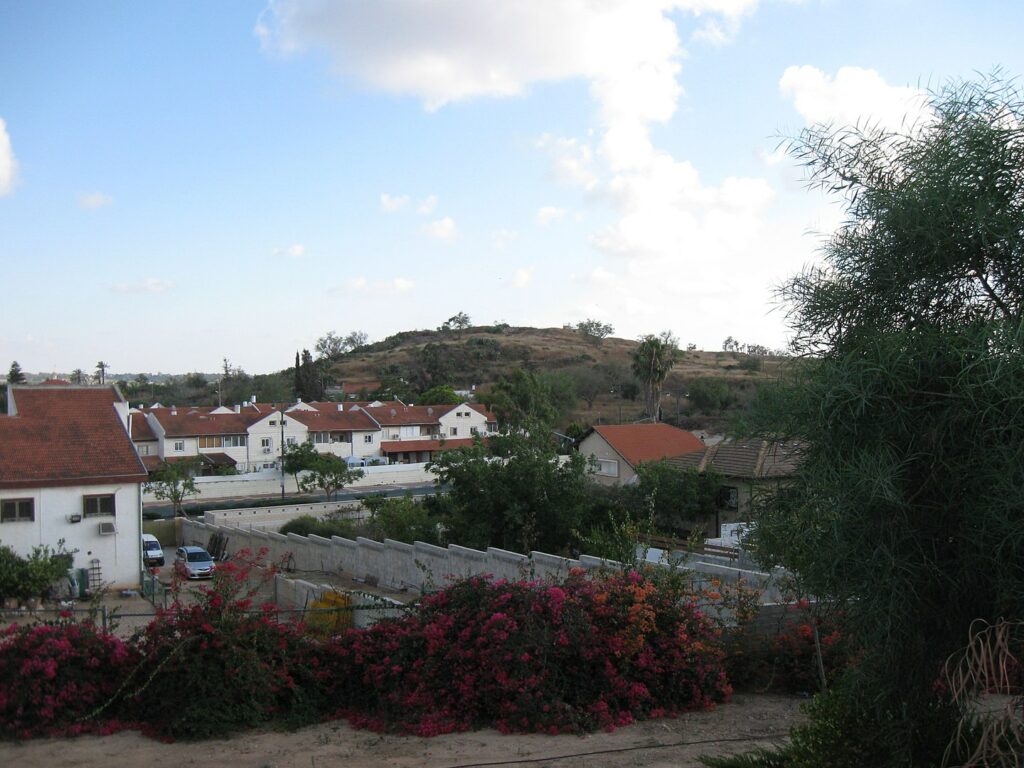Location
Tel Yavneh is an archaeological site located in the southwestern part of Israel, about 10 kilometers south of Tel Aviv. It is situated on a hilltop overlooking the Nahal Soreq stream and the Mediterranean Sea. The site covers an area of about 15 hectares and is surrounded by modern residential neighborhoods.


Identification
Tel Yavne is identified with the ancient city of Yavneh, which was mentioned in Egyptian sources from the 19th century BCE. The city was also mentioned in the Hebrew Bible, where it was listed as one of the Canaanite cities conquered by Joshua. Yavneh continued to be an important city throughout the Iron Age, the Persian period, the Hellenistic period, and the Roman period.
History
Yavneh has a long and rich history that dates back to the Chalcolithic period (c. 4500-3500 BCE). The city was continuously inhabited for over 3,000 years, and its history reflects the changing political and cultural landscape of the region.
During the Iron Age (c. 1200-586 BCE), Yavneh was a fortified city that played an important role in the defense of the Philistine kingdom. The city was also a center for trade and industry, and its inhabitants produced a variety of goods, including pottery, metalwork, and textiles.
After the destruction of the Philistine kingdom by the Neo-Babylonian Empire in 586 BCE, Yavneh came under Babylonian rule. The city continued to be inhabited during this period, but its population declined significantly.
In the Persian period (c. 539-332 BCE), Yavneh regained its importance as a regional center. The city was rebuilt and fortified, and its population grew. Yavneh also became a center for Jewish learning, and it is said that the Sanhedrin, the supreme Jewish court, was relocated to the city after the destruction of the Second Temple in Jerusalem in 70 CE.
Under Roman rule (c. 63 BCE-330 CE), Yavneh continued to be a prosperous city. The Romans built a new city wall around Yavneh, and they also constructed a number of public buildings, including baths, theaters, and temples. Yavneh remained an important center for Jewish learning and culture during this period, and it is said that the Rabbinic Academy was founded in the city after the destruction of Jerusalem.
After the Muslim conquest of the region in the 7th century CE, Yavneh declined in importance. The city was eventually abandoned in the Mamluk period (c. 1250-1517 CE).
Excavations
Tel Yavne has been excavated on and off since the late 19th century. The most extensive excavations were conducted in the 1950s and 1960s by the Israeli Antiquities Authority. These excavations revealed a wealth of information about the city’s history, including its layout, its fortifications, and its public buildings.
More recently, excavations have been conducted at Tel Yavne by a team from Tel Aviv University. These excavations have focused on the Chalcolithic and Iron Age periods, and they have revealed new insights into the city’s early history.
Findings
The excavations at Tel Yavne have yielded a rich trove of archaeological finds, including pottery, metalwork, jewelry, and coins. These finds have helped to shed light on the city’s economy, its trade networks, and its cultural influences.
One of the most important finds from Tel Yavne is a large number of pottery kilns. These kilns were used to produce pottery for both domestic and commercial use. The kilns provide evidence for the city’s flourishing pottery industry.
Another important find from Tel Yavne is a large number of coins. These coins date to a variety of periods, from the Persian period to the Mamluk period. The coins provide evidence for the city’s trade networks and its changing political fortunes.
The excavations at Tel Yavne have also revealed a number of important buildings, including a temple, a theater, and a bathhouse. These buildings provide evidence for the city’s wealth and its sophistication.
Sources
Stern, Ephraim-New Encyclopedia of Archaeological Excavations in the Holy Land 5 new-Israel Exploration Society (2008)

